Fujifilm
Recipes & Best JPEG Settings
Mastering Fujifilm JPEG Recipes: Unlock the Look You Love with Custom Settings
Fujifilm
Recipes & Best JPEG Settings
Mastering Fujifilm JPEG Recipes: Unlock the Look You Love with Custom Settings
Fujifilm Recipes
Fujifilm JPEG recipes—sometimes called film simulation recipes or just custom settings—are a way to shape the look of your photos before you even press the shutter. They're built right into the camera, but not in a flashy, obvious way.
You sort of stumble into them, then fall down the rabbit hole.
At their core, these recipes use Fujifilm’s film simulations—those built-in profiles that echo classic film stocks. Velvia, Acros, Classic Chrome... all the usual suspects. But the real magic happens when you start to tweak them. Change the shadows. Lift the highlights. Push the white balance a bit warmer than you normally would. Or cooler. It’s entirely up to you.
Some photographers just use the built-in presets and leave it at that. Nothing wrong with that, honestly. But others—maybe you're one of them—start creating recipes that have a particular feel. A mood. Sometimes it’s inspired by a film they used to shoot. Other times it’s just about chasing a certain look they saw in a photo online and thought, I want my camera to do that.
It’s not really about technical perfection. It’s more about getting closer to what you felt when you took the photo. And if you can get that in-camera, without faffing around in post? That’s powerful.
Here's how Fujifilm JPEG recipes work and how they can be used:
Creating Custom Recipes:
It starts with settings. You take one of Fujifilm’s built-in film simulations—say Classic Chrome or Acros—and then tweak it. Adjust the contrast. Shift the white balance. Pull the shadows down or bump the colour up. When it feels right, you save it. That collection of settings becomes your custom recipe, ready to be recalled whenever you like.Personalised Styles for Different Scenarios:
These recipes aren't one-size-fits-all. Some people build one for portraits—something soft, warm, with gentle highlights. Others have go-to looks for street or landscape work. Some even make seasonal recipes—lighter tones for summer, more contrast for winter. It becomes a toolkit, tailored to how you see the world.Mimicking Classic Film Stocks:
A lot of recipes are inspired by old film. Portra, Kodachrome, Velvia… that sort of thing. People try to replicate those looks—at least roughly—by adjusting colour tones, grain, contrast. It’s rarely exact (and that’s OK), but it can get surprisingly close. And for some, it’s more about the feeling those films evoked than strict accuracy.Reducing the Need for Editing:
One of the biggest benefits? Less time in front of a screen. If you’ve dialled in a recipe that gives you the result you like, then often there’s no need for Lightroom or Photoshop. The JPEG is good to go. Especially handy if you want to post on social media quickly or even print straight from the card.Maintaining a Consistent Look:
Recipes are great for consistency. If you’re working on a long-term project, or just want your Instagram grid to feel cohesive, sticking to one or two recipes helps. You get that same tone, that same vibe, across a whole batch of images. It becomes a part of your visual identity—without really having to think too much about it each time.
A Brief Note About My Online Wedding Photography Course
In this comprehensive online course, you get over 7 hours of practical documentary wedding training with lifetime access, no matter which payment option you choose. Learn how to use light, composition and human behaviour to tell honest, story-led wedding narratives with confidence, drawing on real-world lessons from 800+ weddings, practical advice, personal insights and a recorded live Q&A. Enrol once, and keep coming back to rewatch chapters, refresh ideas and refine your own approach.
Fujifilm Film Recipes & JPEG Settings
Below are all my Fujifilm Recipes and articles, including individual JPEG Settings, tips and setup tricks.
💞Found this helpful?
If you’ve learned something new or just appreciate the no-nonsense approach, you can support this work with a small donation.
It helps me keep the content honest, ad-free, and grounded in real-world experience.
Mastering Fujifilm: JPEG Recipes & Field Guides (eBooks)
Recipes, Reflections & Tools for Monochrome and Colour Photography
These aren’t just collections of JPEG recipes — they’re complete digital field guides for Fujifilm cameras such as the X100VI and X-T5.
Each book is packed with 200+ pages of practical guidance, blending technical insight with creative inspiration. From Dynamic Range and Clarity to X RAW Studio, White Balance tricks, and creative colour use, you’ll find both the “how” and the “why” behind making the most of your Fujifilm gear.
Across the series you’ll discover:
50+ original monochrome and colour recipes designed for real-world shooting.
Full breakdowns of every built-in film simulation and how to use them.
Cheat sheets and setup walkthroughs to get you shooting quickly.
Tips for creating and backing up your own looks, plus workflow advice.
Guides to light and composition so you can work more effectively in-camera.
Formatted in A5 PDF for tablets and travel-friendly use, these eBooks are structured for easy navigation and designed to be genuine companions in the field.
Currently Available
More Titles Coming Soon
How to use Fujifilm X-Raw Studio to Create Film Recipes:
Fujifilm X RAW Studio is a powerful tool for Fujifilm X-series camera users who want to convert, process, and enhance their RAW images using the camera's unique processing engine and Film Simulation modes. It is particularly valuable for those who want to achieve the distinctive Fujifilm look and make fine image adjustments before the final export.
Crucially, Fujifilm X-Raw Studio also allows you to design your Film Simulation recipes and Save them as Custom Settings.
Fujifilm X Raw Studio is free and available for PC and Mac users. You can download it here: Download Fujifilm X Raw Studio.
You can also see an in-depth review of the software that I produced:
Prefer Shooting RAW?
Those of you who prefer to shoot RAW and edit with the more advanced latitude this gives you may be interested in my current set of Professionally designed profile-based Lightroom and Adobe Camera Raw Presets.


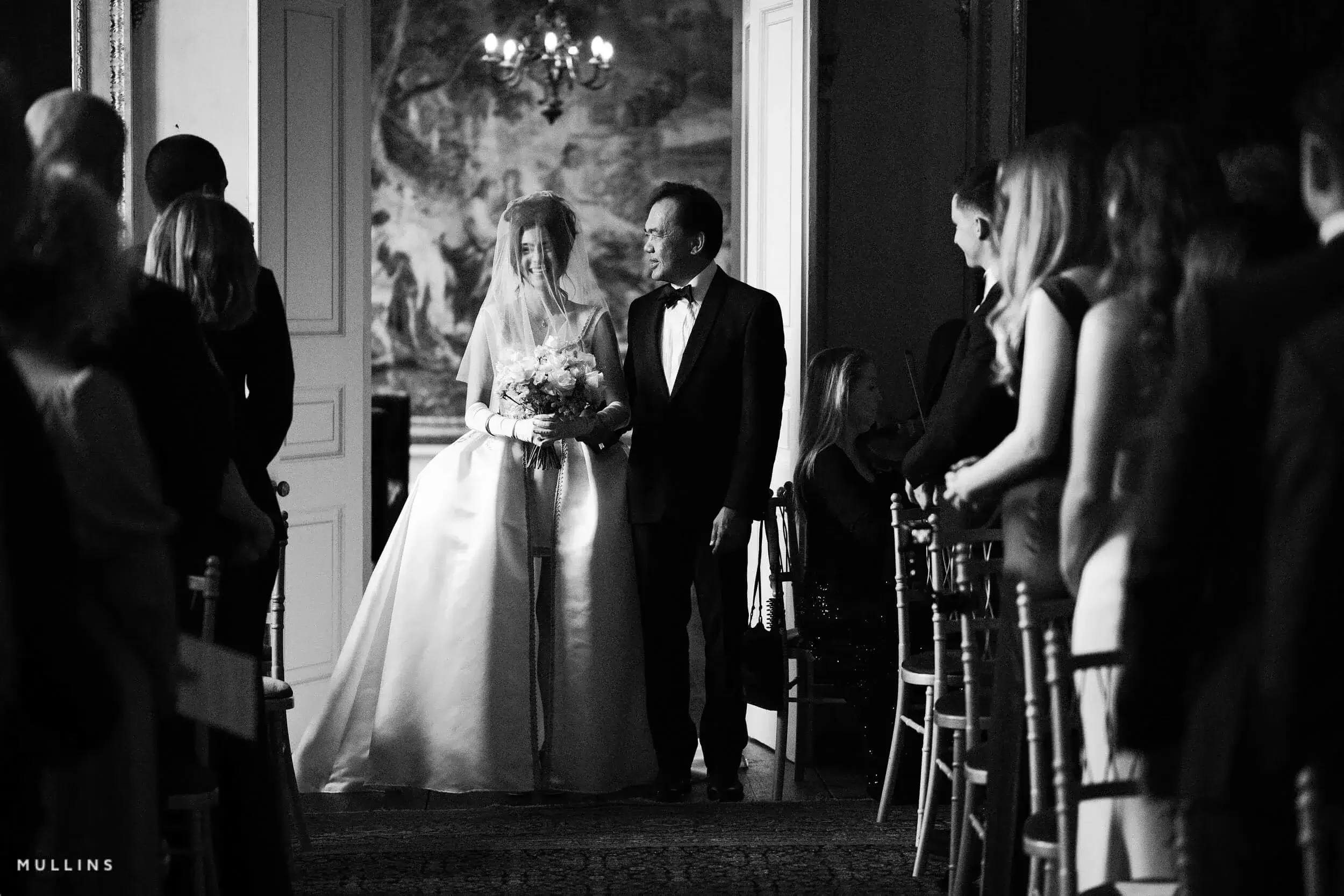


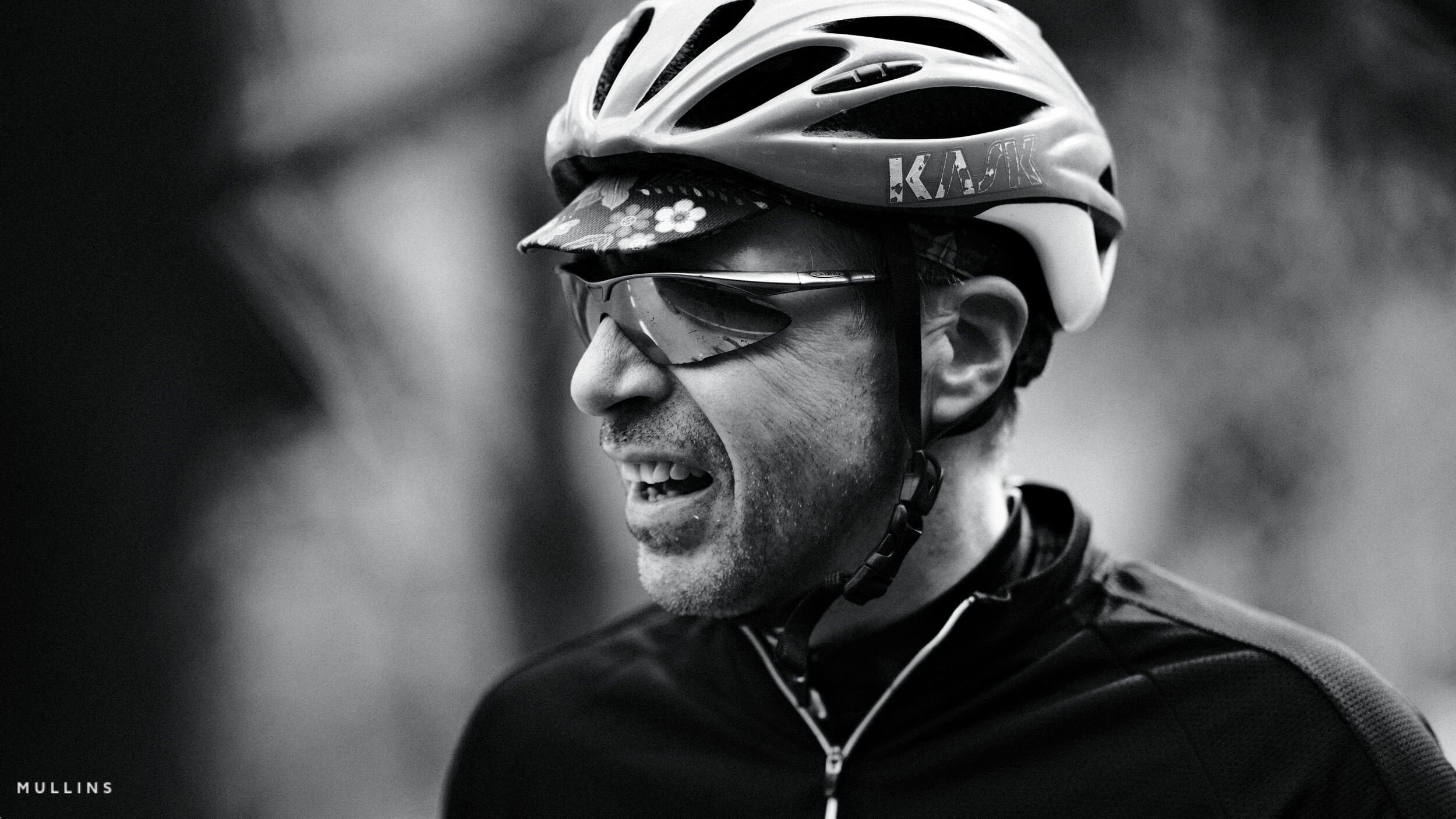
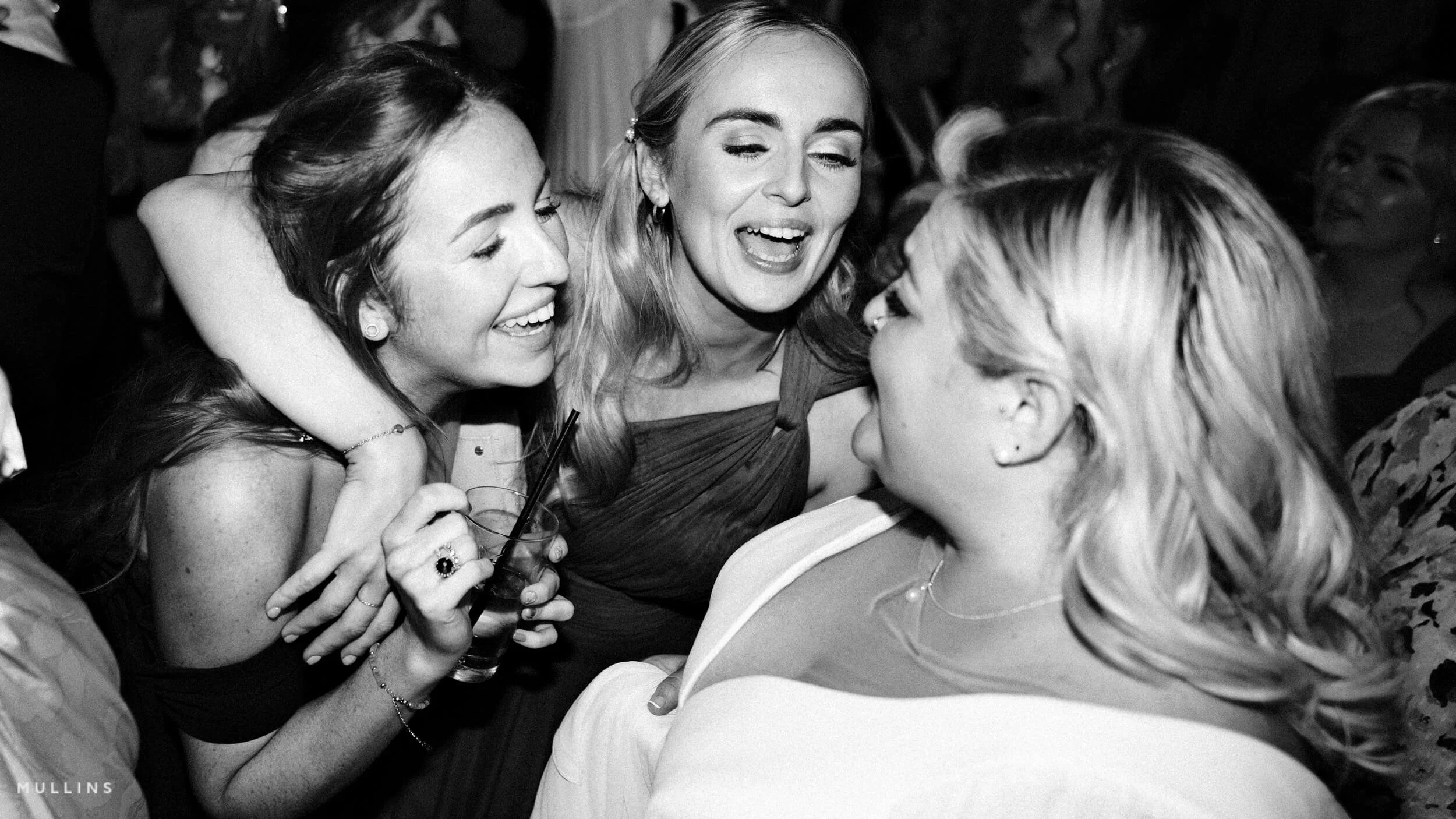
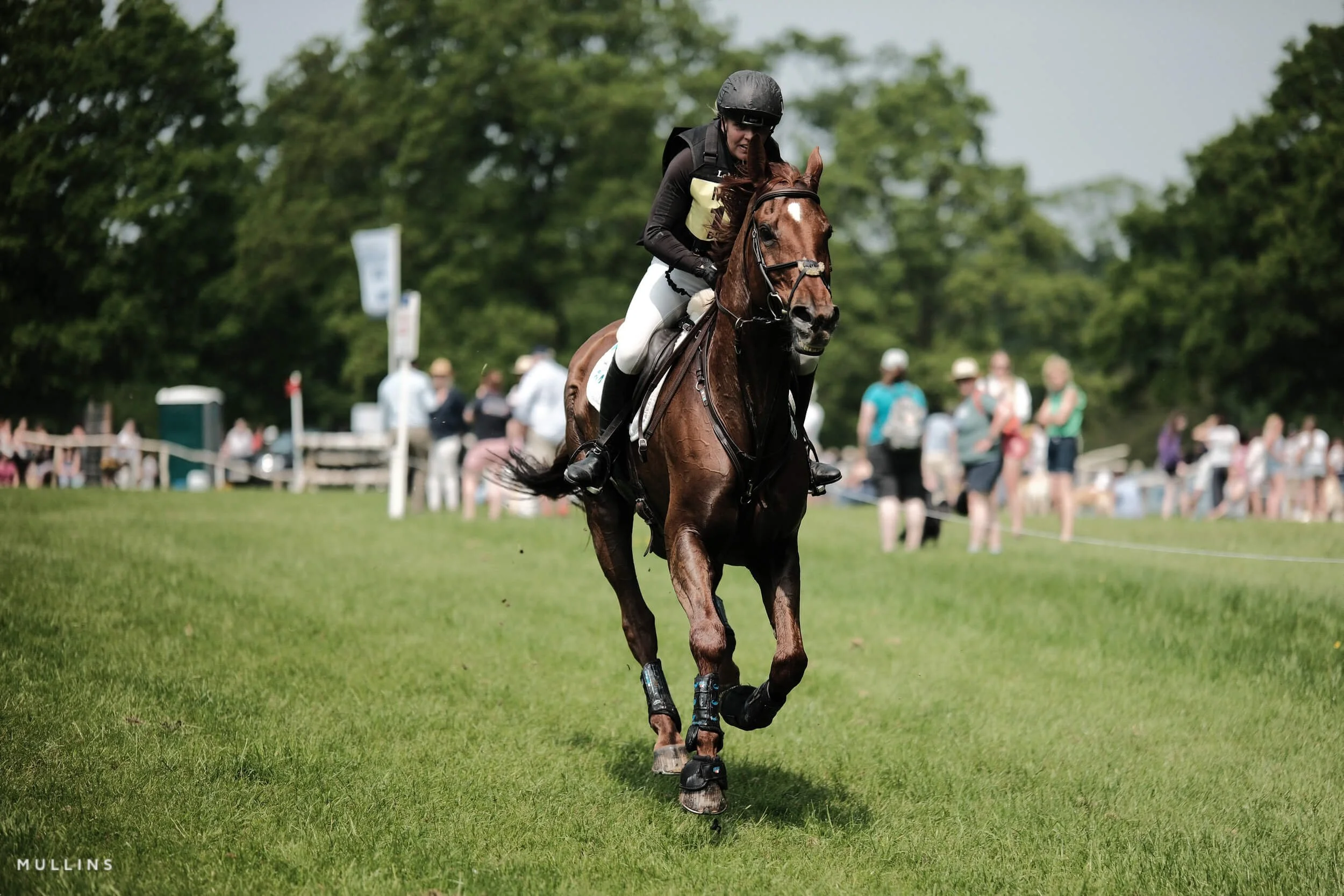
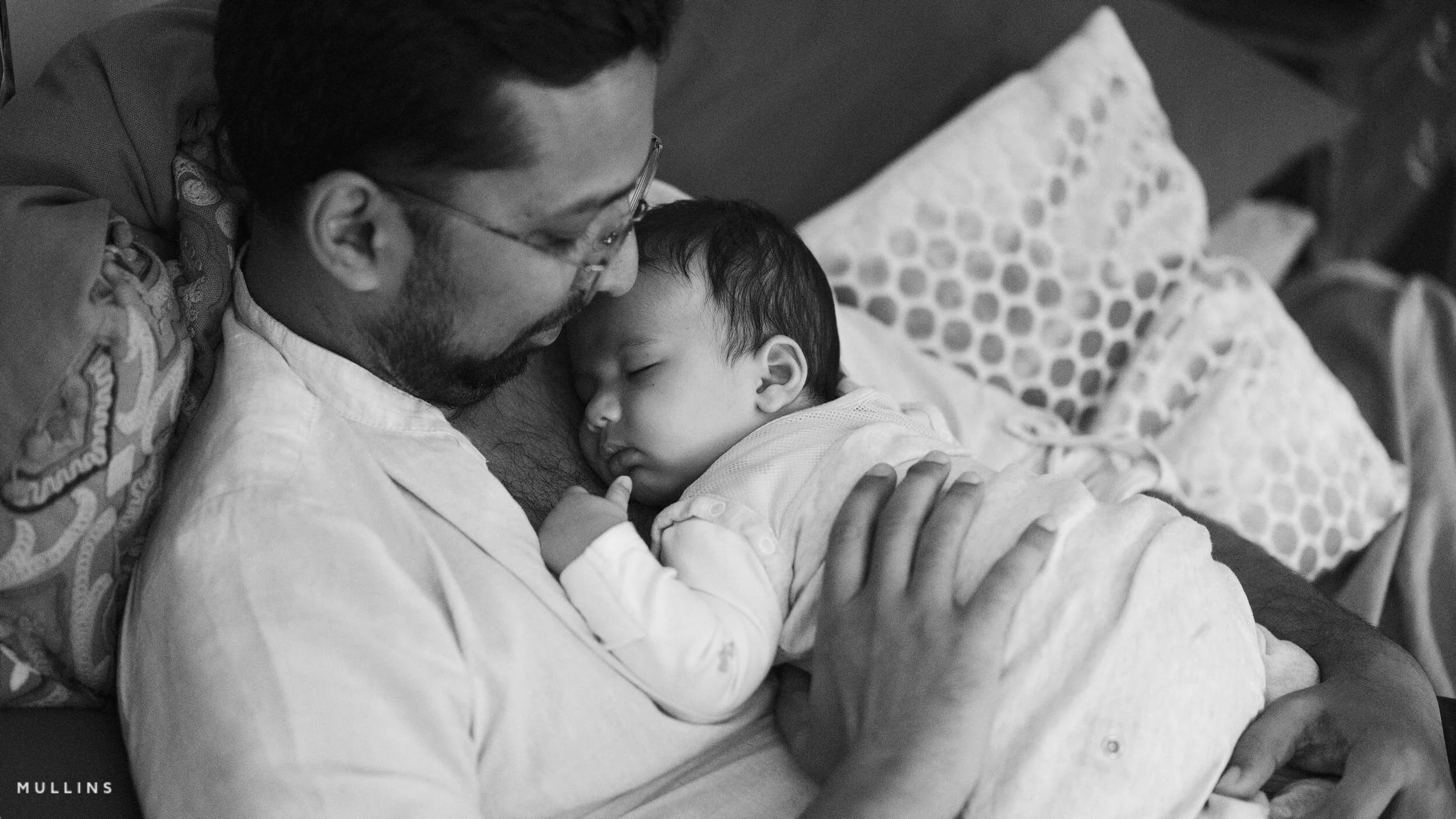
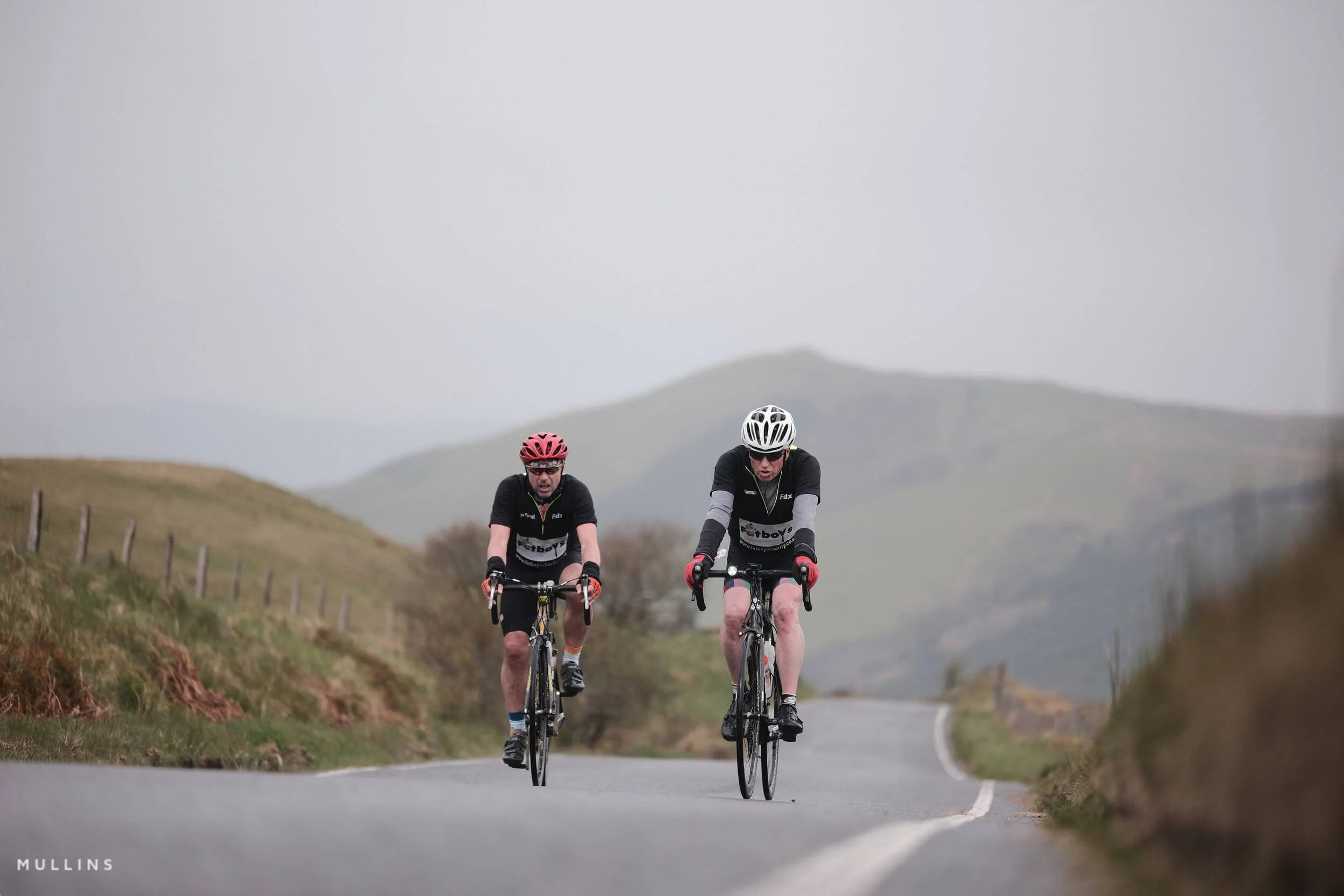
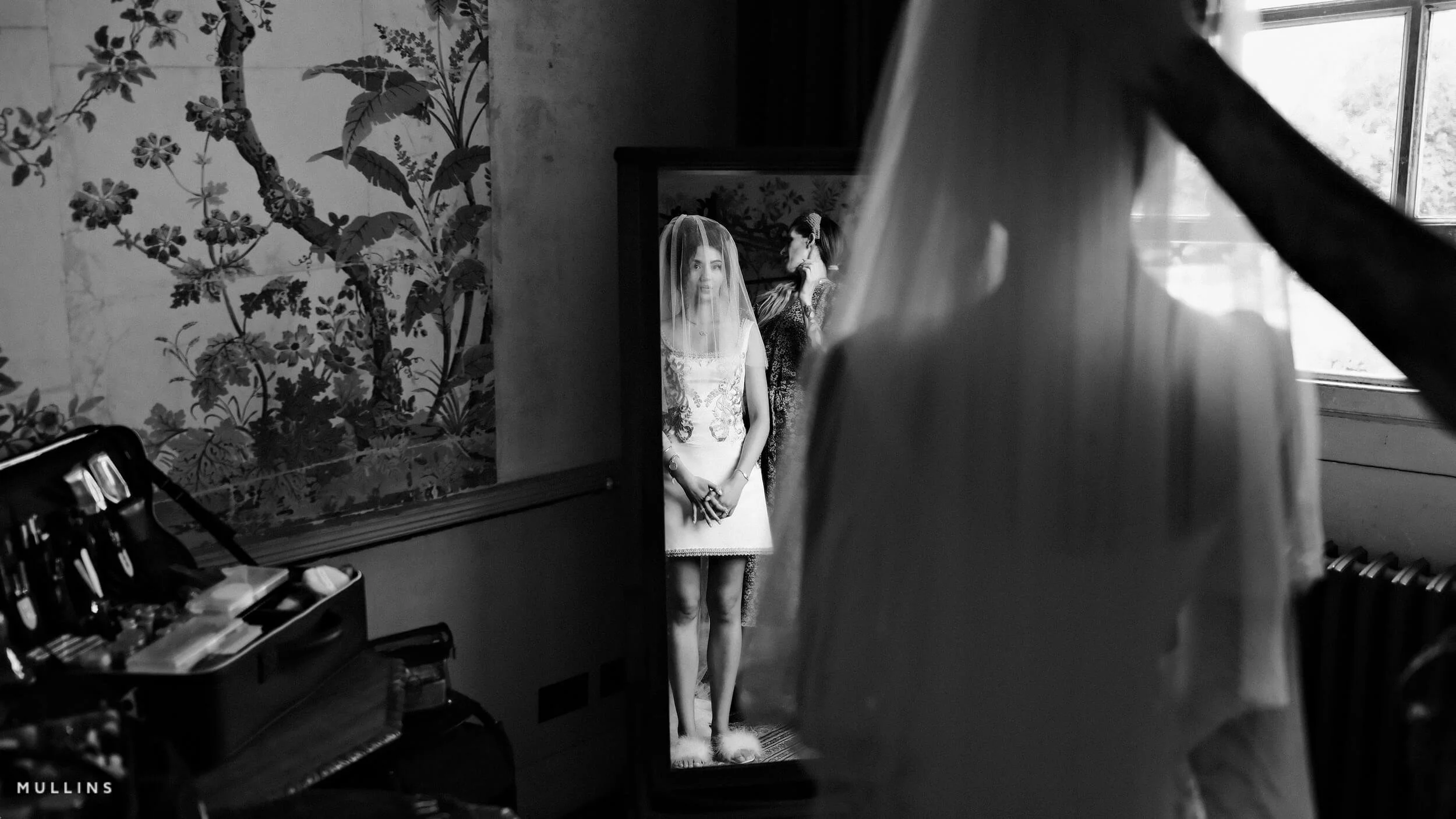

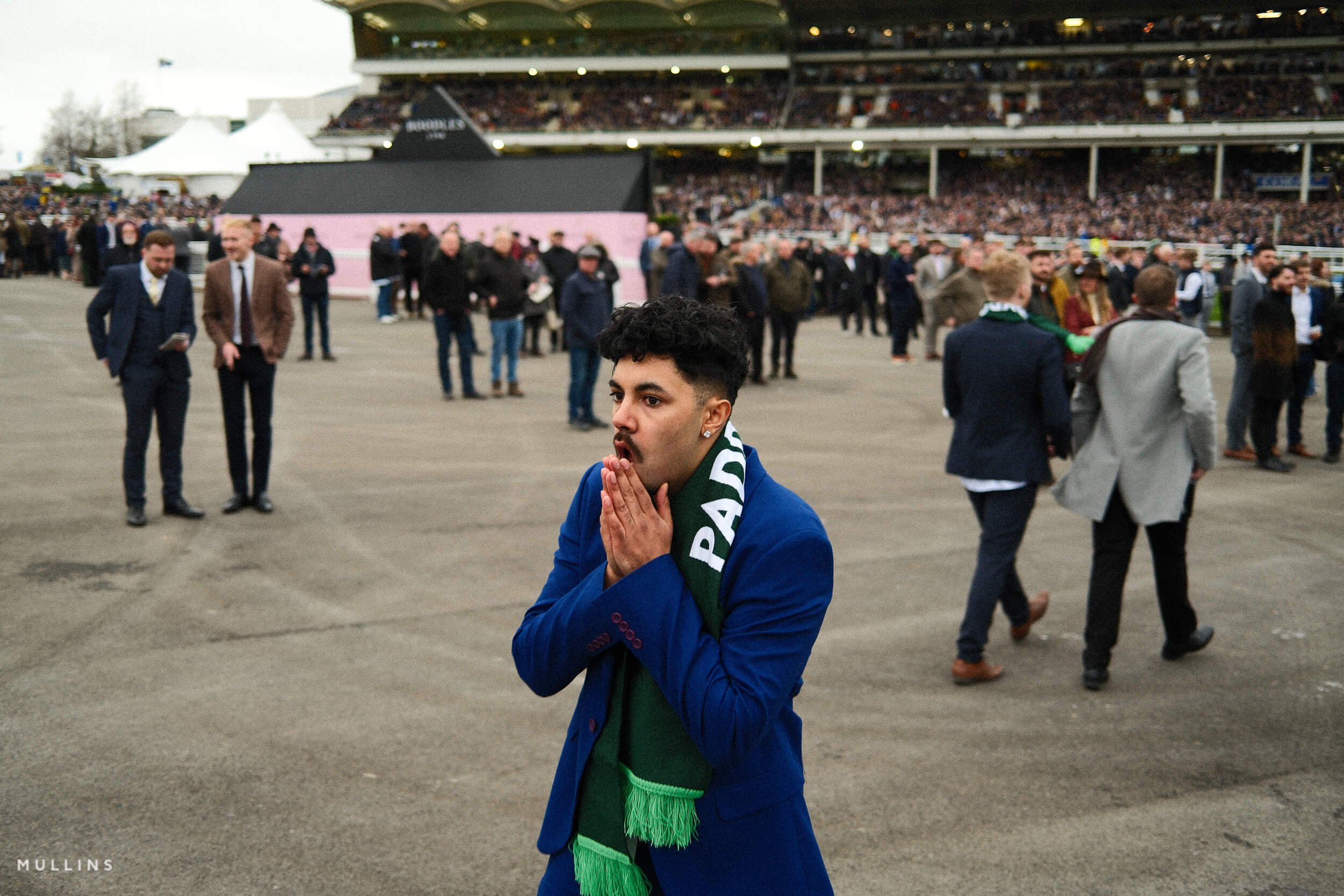







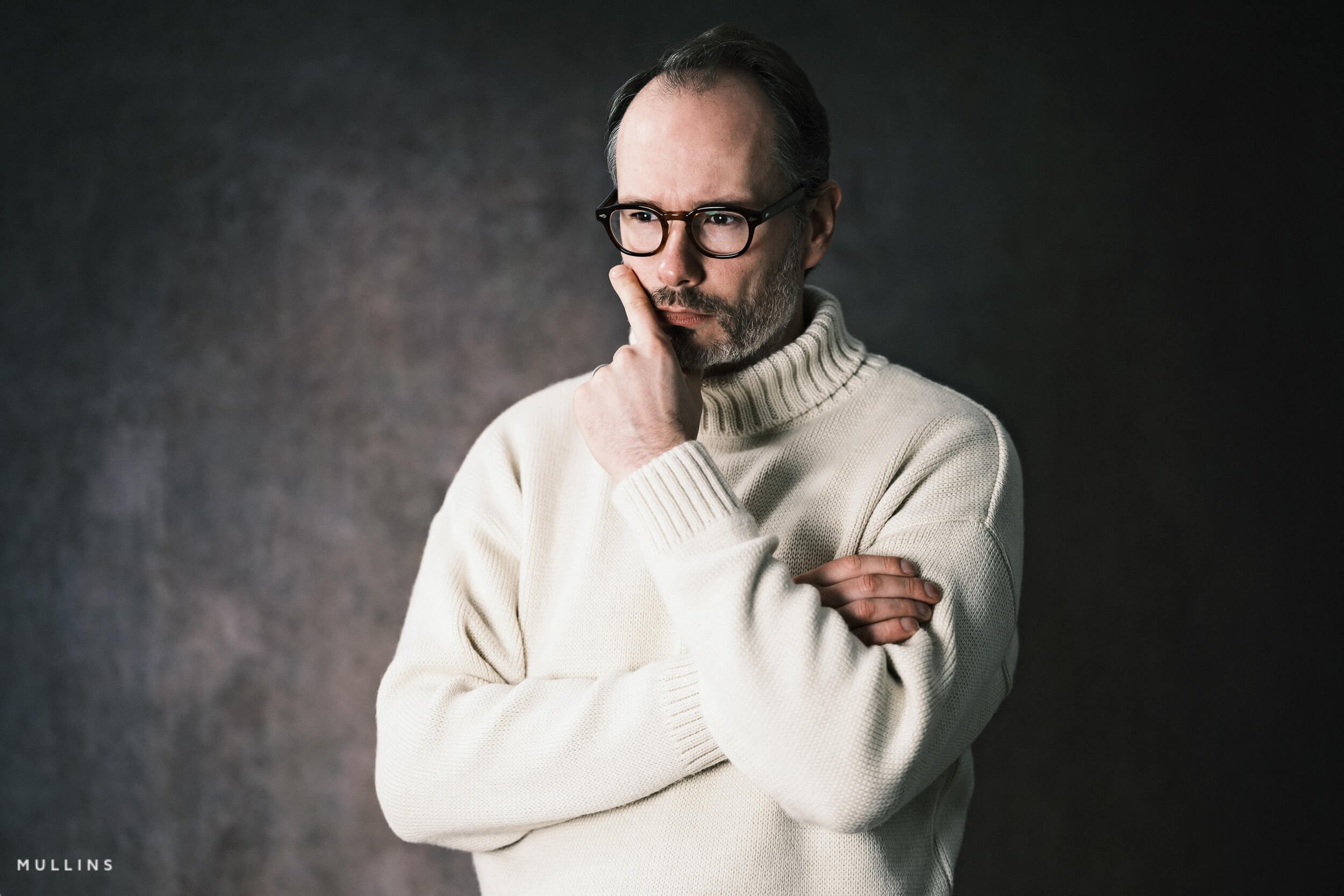

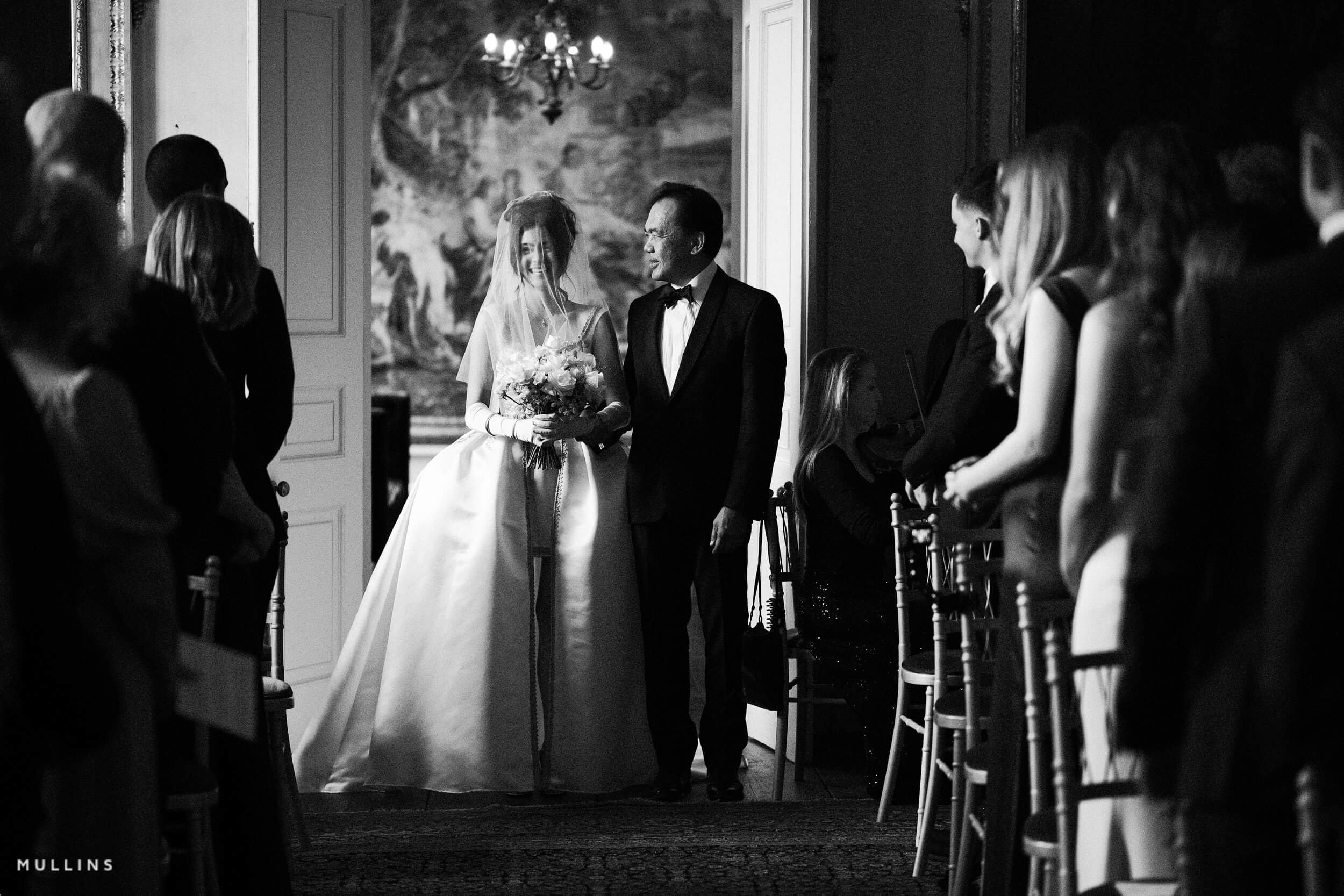






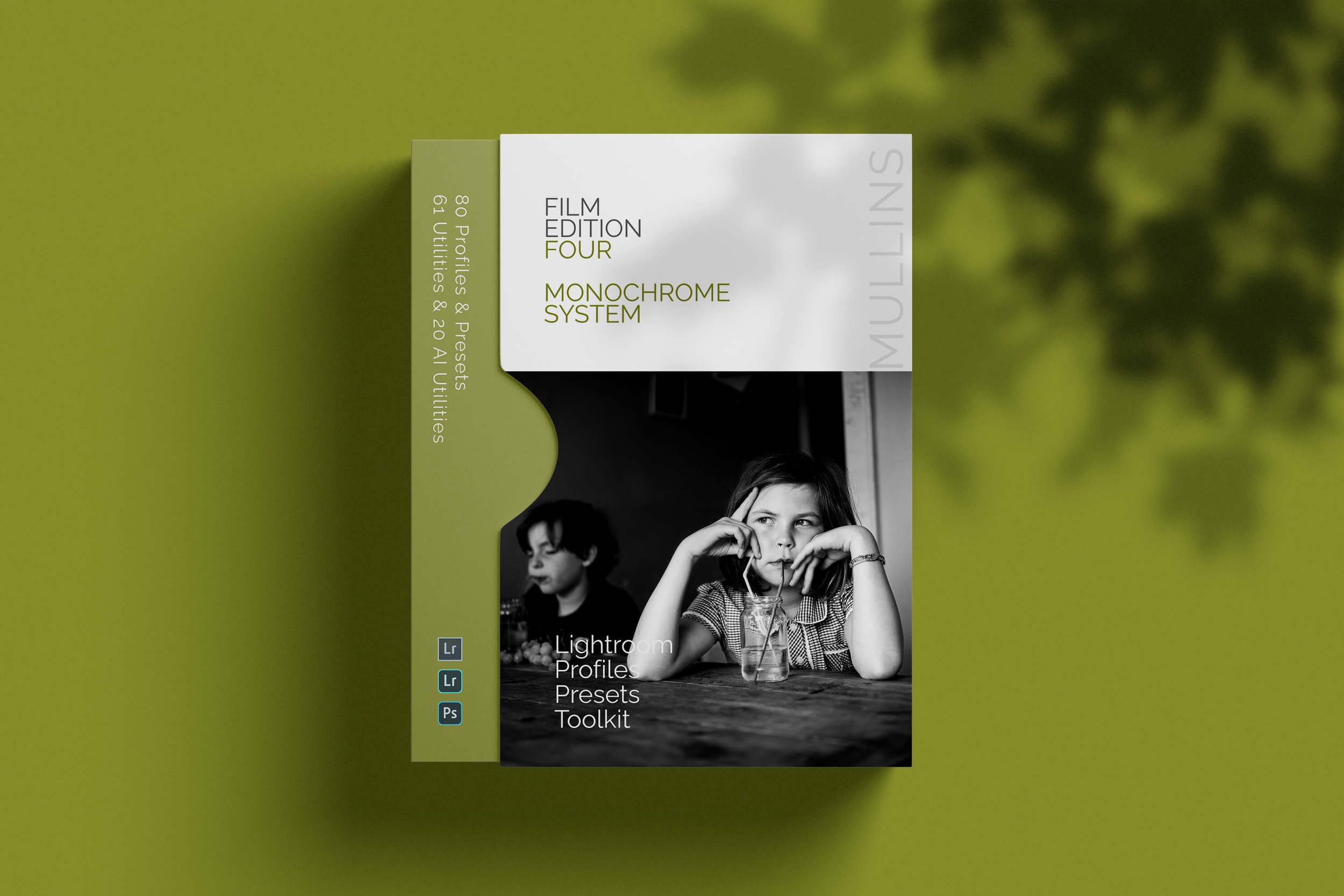
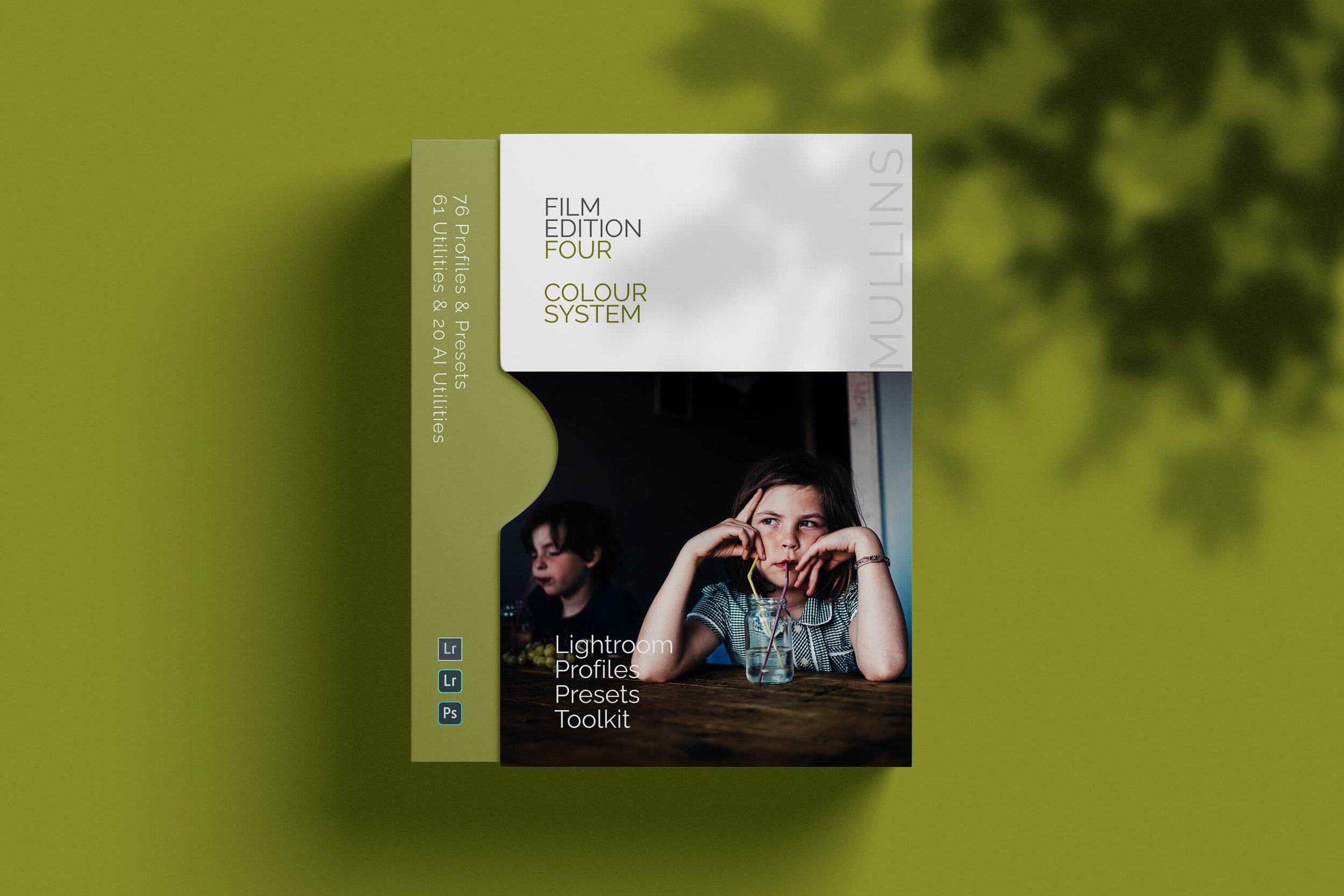

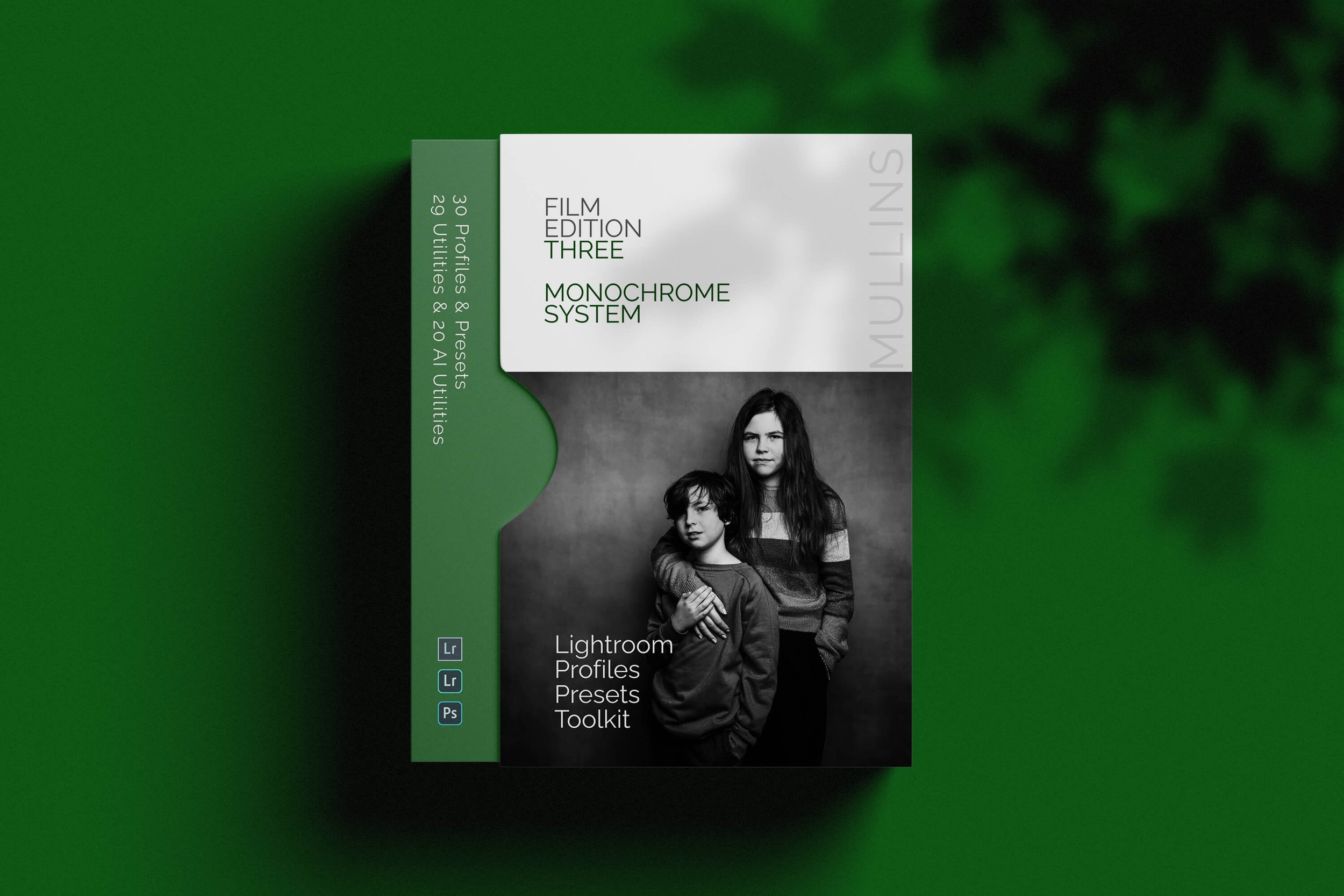
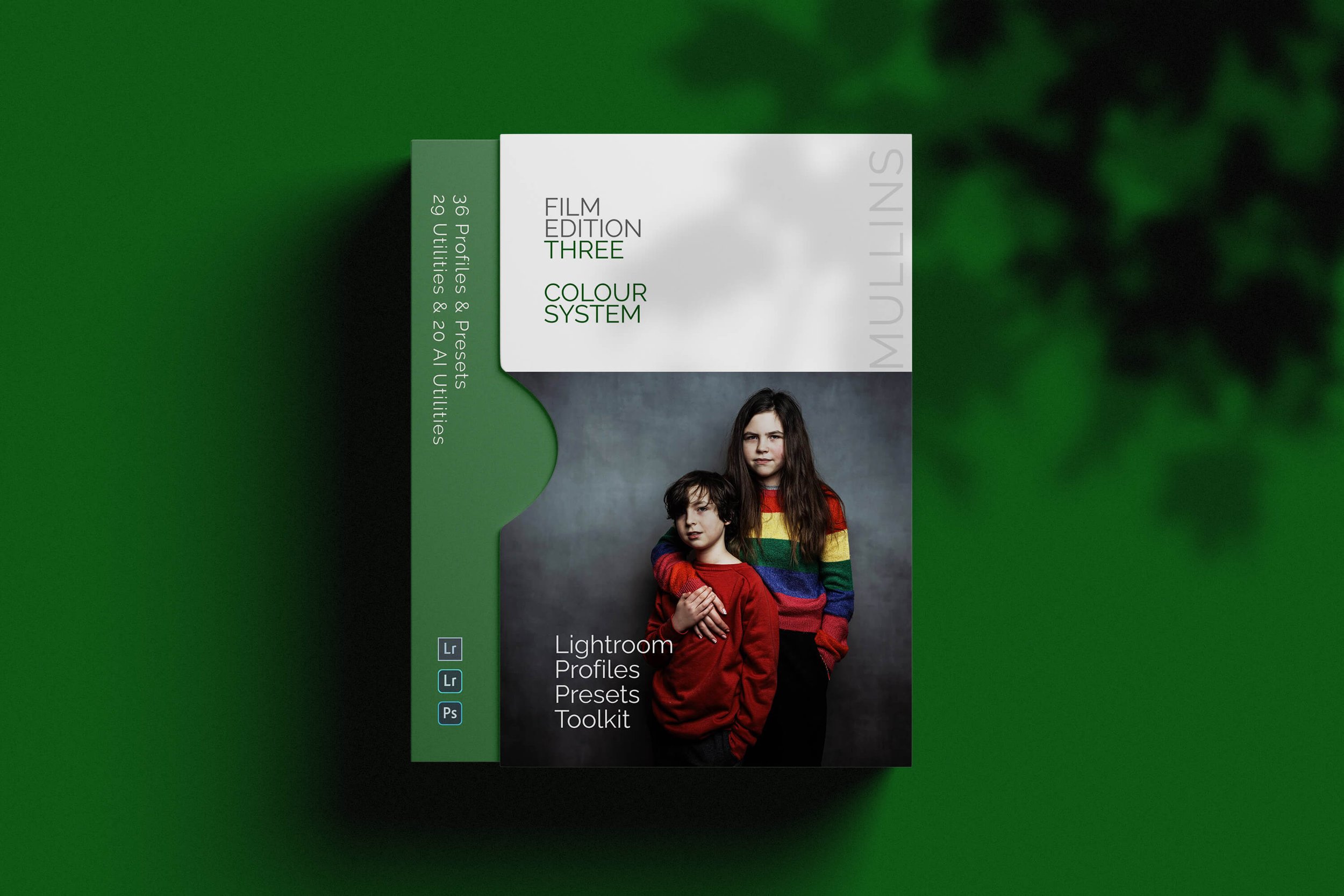

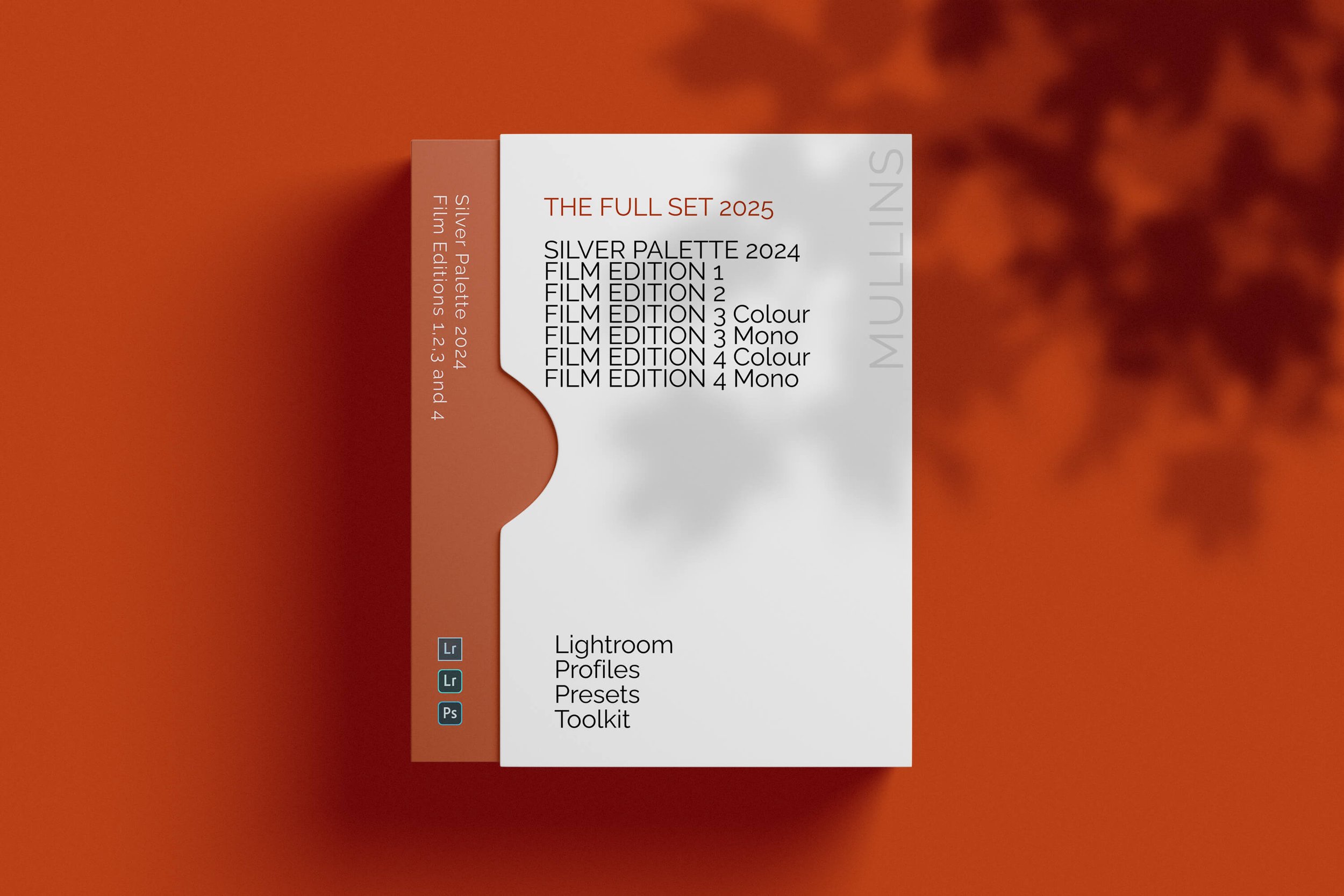
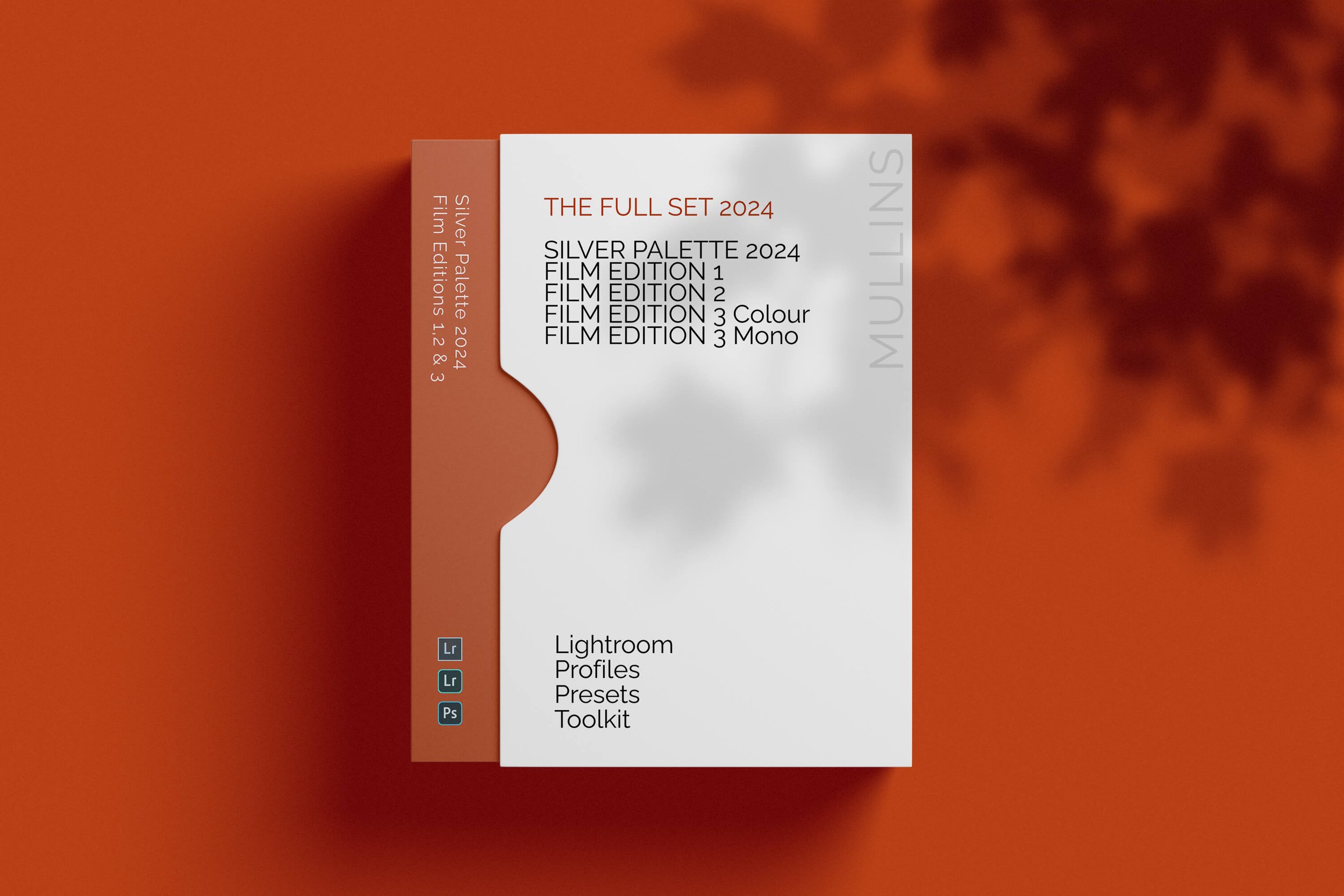
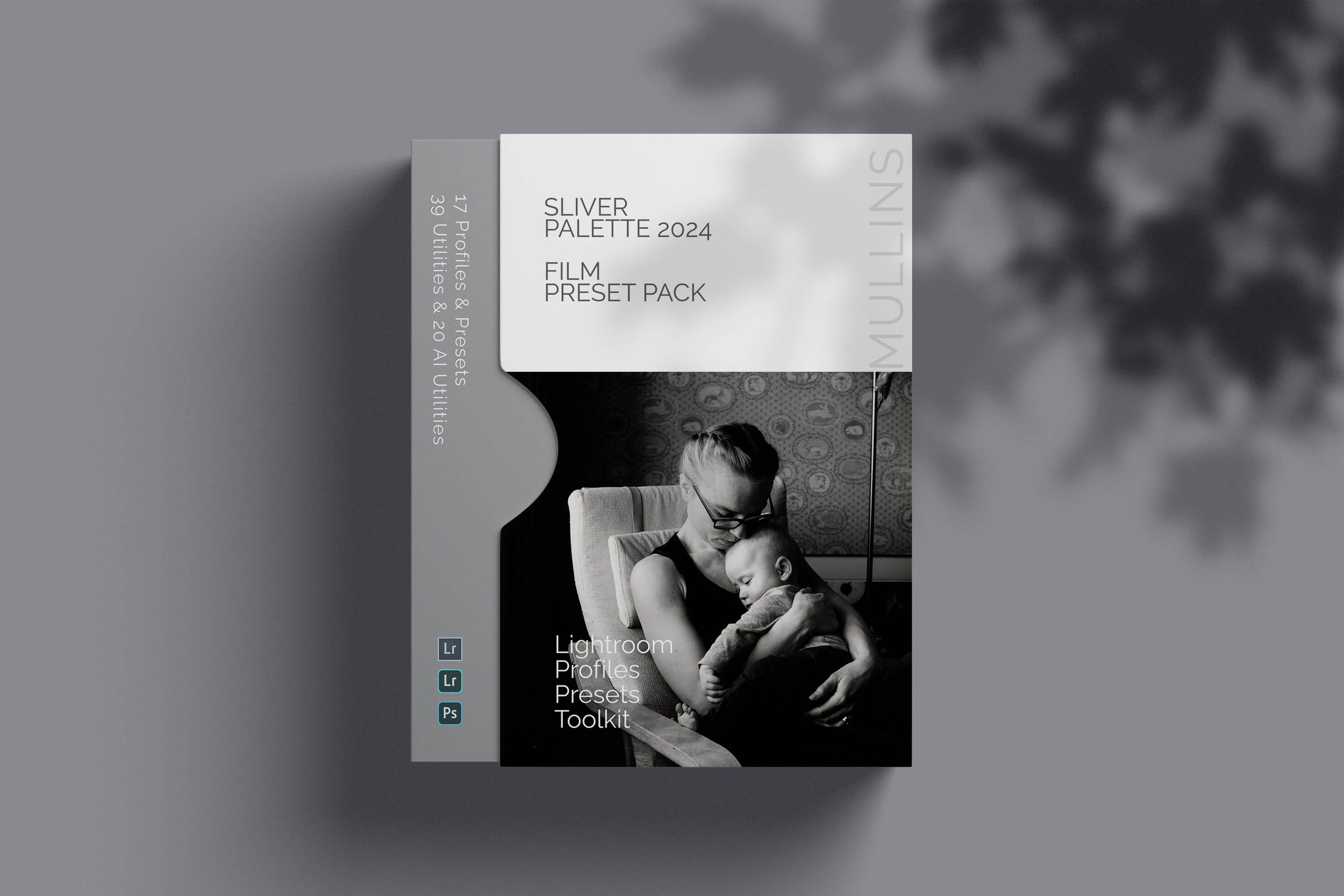






This article shows how to use ChatGPT as a creative partner, not a preset vending machine. You will learn how to brief it properly, get your settings in a usable format, test them on your Fujifilm camera, and refine each recipe until it genuinely matches your style.